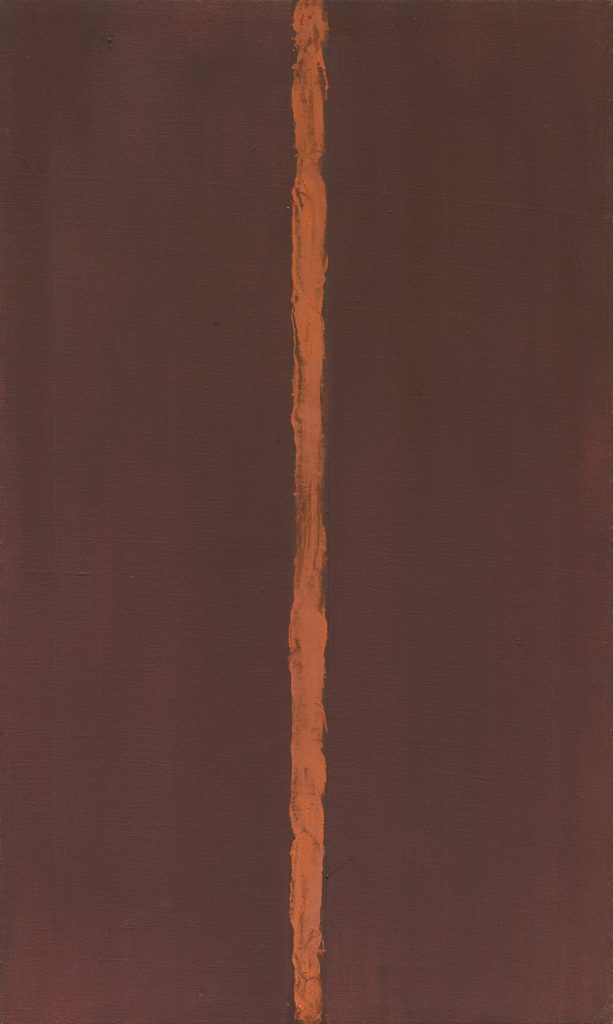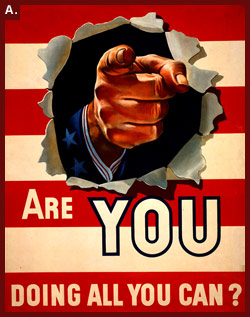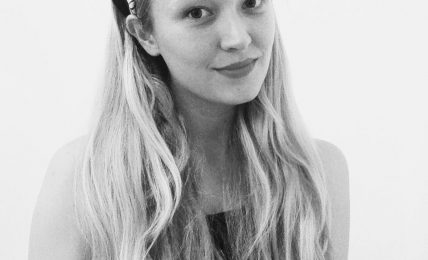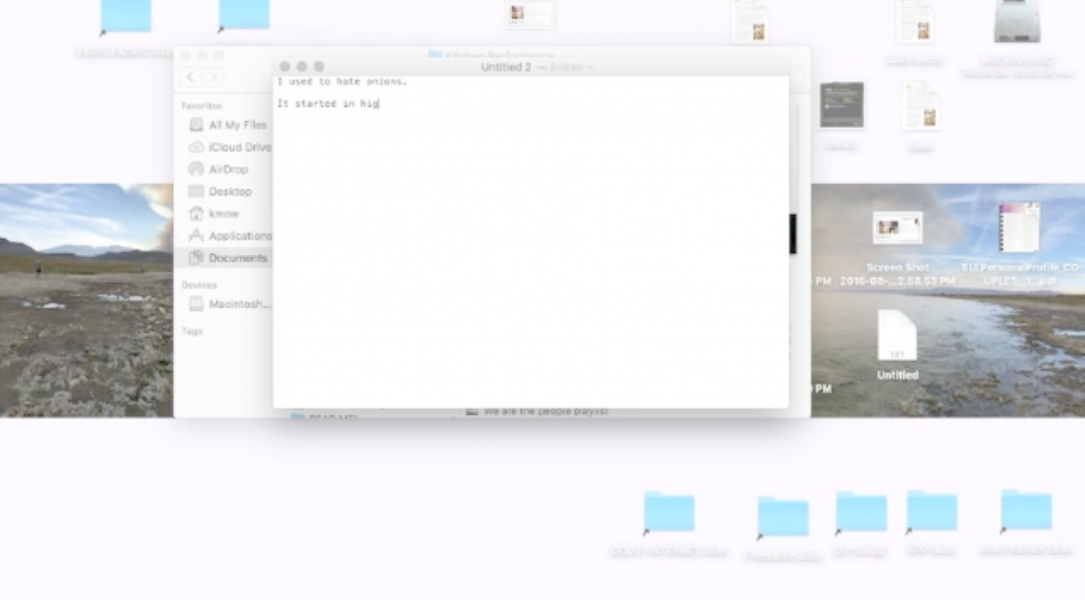Digital America interviewed Zoe Chronis in November 2021 about her piece All They Can (2019) and the two written works that informed the piece–June Jordan’s “Problems of Language in a Democratic State” (1982) and Michael Warner’s “Publics and Counterpublics” (2002).
:::
DigA: June Jordan in “Problems of Language in Democratic State” asserts that language “blames the victim for the deeds of the powerful.” In All They Can, each generated sentence switches pronouns and points the finger at me to you to them to it to y’all to us. As you shuffled pronouns and actions in creating the piece, what do you hope the viewer will experience?
ZC: I didn’t imagine a revolving finger, but you’re right about that. When I was writing the sentence I was trying to surprise myself in a way that would leave me unsure as to where I stood. Randomizing the pronouns meant neither beholder or I would be able to foresee the next arrangement. When I make my work public it’s more about receiving a response rather than intentionally creating one 😉
DigA: All They Can features bright, background colors behind declarative sentences in bold white text. This is a divergence from traditional propaganda posters, which often feature patriotic imagery and national colors. Can you talk a bit about the color story in the piece? Why the bright colors?
ZC: I was printing and drawing these sentences on some colored paper that artist kt coleman brought to the studio where we were both working. The shifting sensation I felt when I read each sentence was pleasurable so I guess I’d call them party colors. Writer and visual artist Matthew Hollett, who wrote the code for the page, suggested the white text. Barnett Newman famously said that if his zip paintings were read properly “it would mean the end of all state capitalism and totalitarianism” —Whoa!

DigA: Michael Warner in “Publics and Counterpublics” talks a lot about this distinction between “a public” and “the public.” A public is bound by space and time while the public references “people in general.” Would viewers experiencing All They Can from their own personal computers, in different times, in different places, constitute a public of strangers sharing this experience? Does “a public” influence your practice more broadly?
ZC: If the viewing experience constitutes a public I would hope speaker and addressee have an unstable relationship. The space between computers is tied to the implied space between the pronouns in the sentence. The geography shifts depending on where They are in relation to Her and Him and Me. That alienating〜solidarity is what I think Warner is talking about here: “public speech must be taken in two ways: as addressed to us and as addressed to strangers. Our subjectivity is understood as having relevance with others. The trace of our strangerhood remains present in our understanding of ourselves as the addressee.”
DigA: Your 2011 work Drawn Toward Me also found inspiration from historic propaganda posters. What intrigues you about these campaigns? How have you seen propaganda change since you’ve been creating art?
ZC: Most propaganda no longer needs to announce itself in bold type, owners program it into their digital infrastructures or disguise it as personal opinion. And as Jordan writes, the passive voice leads us safely out of the action (“I lost my job”). Historic leaflets and posters help me think through my motivation for communicating any thing to any body. I describe propagandist logic as the assumption that aesthetics is or should be something that *represents*, that art carries a message intended to act on a beholder. I think I keep returning to literal forms of propaganda so that I can confront that trap.
DigA: Can you talk a little bit about what you are currently working on?
ZC: I’ve been editing video in-camera during the course of my daily life. Swiss-Cheesing is what I call scanning back and forth on a MiniDV tape and randomly dropping new video holes through old footage. It’s a non-linear editing technique with a catch: recording new footage destroys a shot of equal length. I defer my intentions to the mechanisms of the camcorder whenever possible in order to generate an unexpected montage, and because it’s more fun to shoot like this. I try to stay neutral about how the images come together…get it?? 🧀
:::

Zoe Chronis is a videographer and filmmaker currently working for public access television in Brooklyn, NY. She earned an MFA in Fine Arts from The University of Pennsylvania and has attended residences at the American Academy in Rome and Arteles Creative Center in Finland, where she collaborated with Matthew Hollett on this sentence generator.




